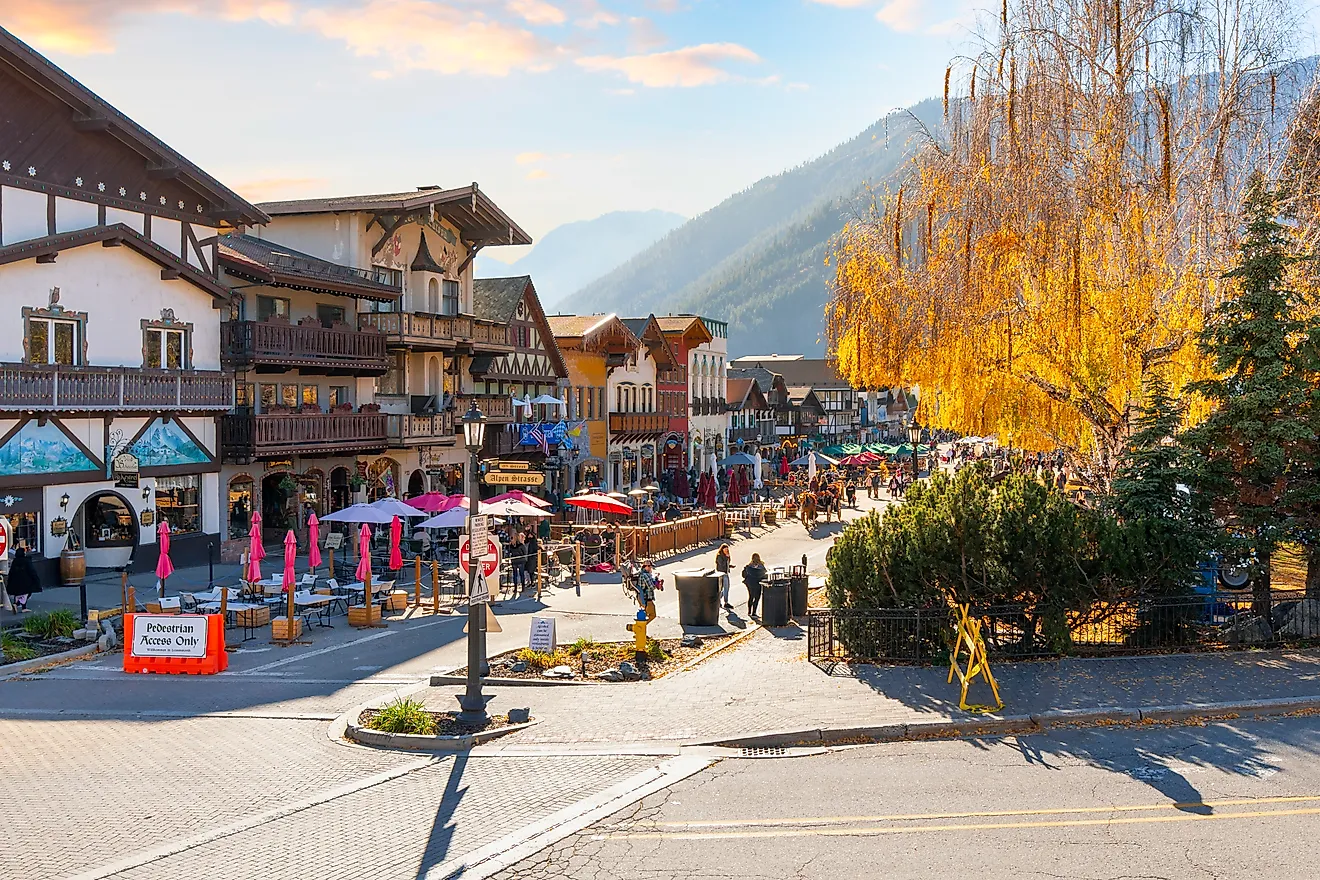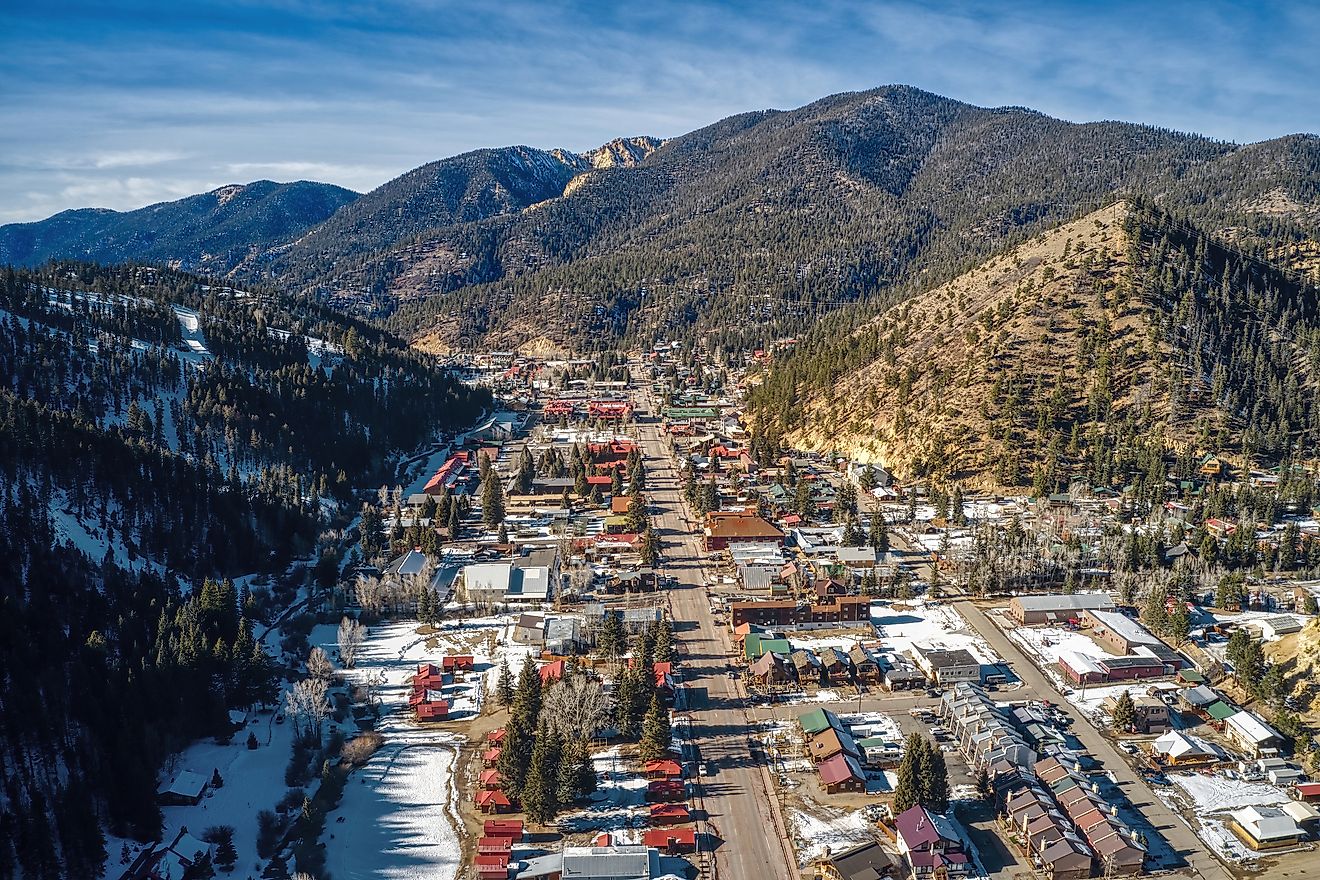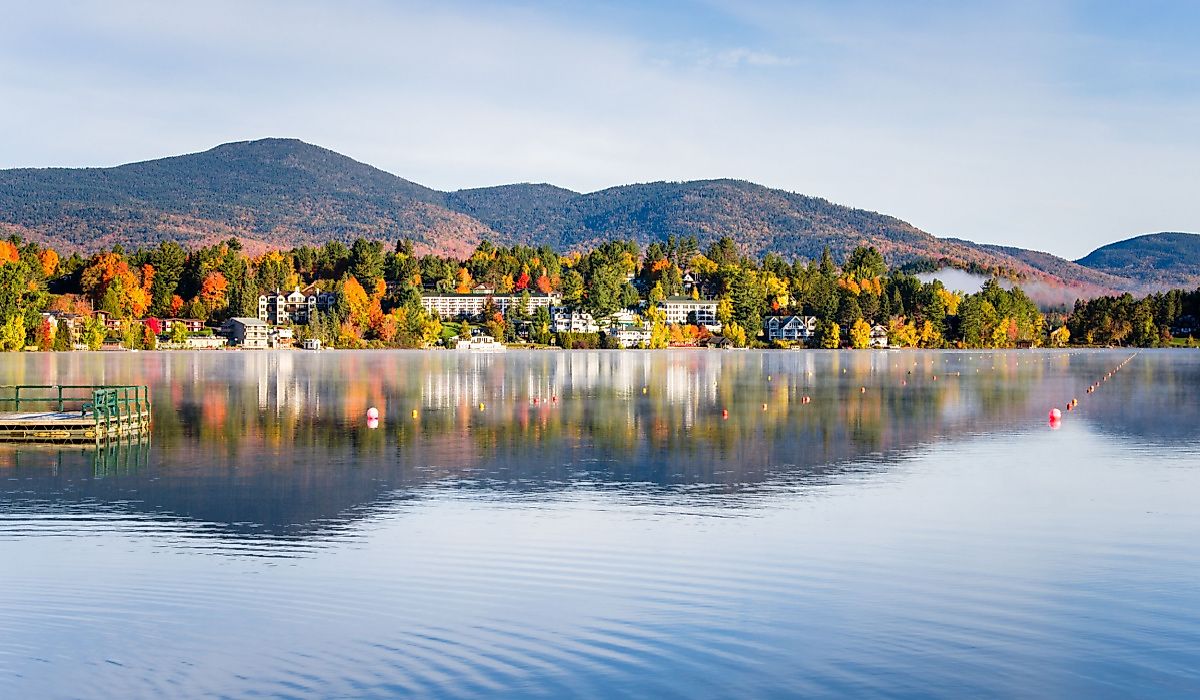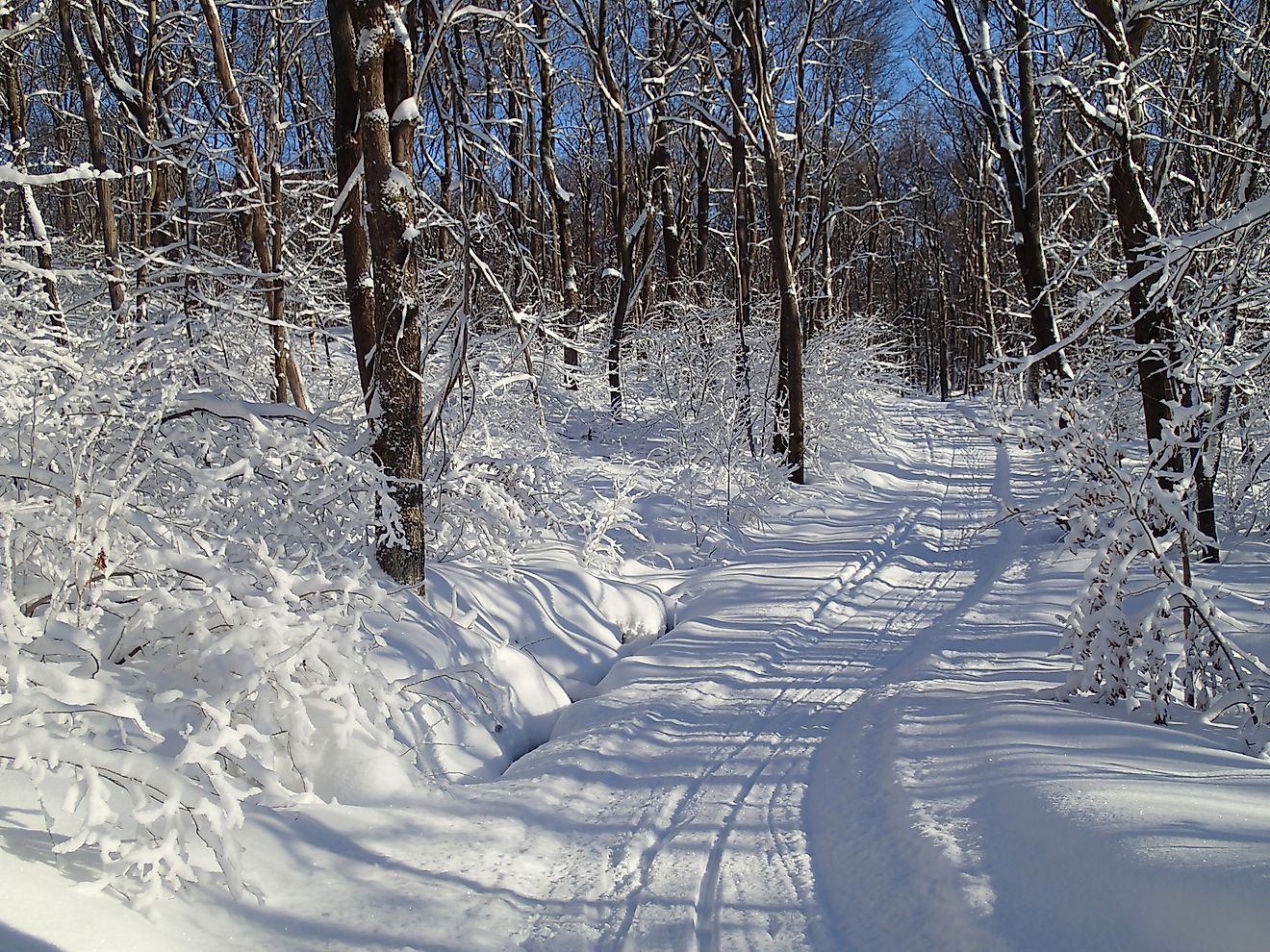
8 Snake Infested State Parks In California
California is full of state-run parks that are home to some of the most snake-infested habitats in the western United States. From coastal bluffs to inland deserts, these protected areas support a variety of species, including several types of rattlesnakes that thrive in the state’s dry, sun-exposed terrain. While most encounters are harmless when snakes are left undisturbed, you should stay alert along trails and uneven, rocky areas for both your safety and the health of the environment around you.
The following destinations stand out for their consistently high snake activity and overall ecological diversity, and knowing exactly what lives within them only helps keep them that way!
Anza-Borrego Desert State Park
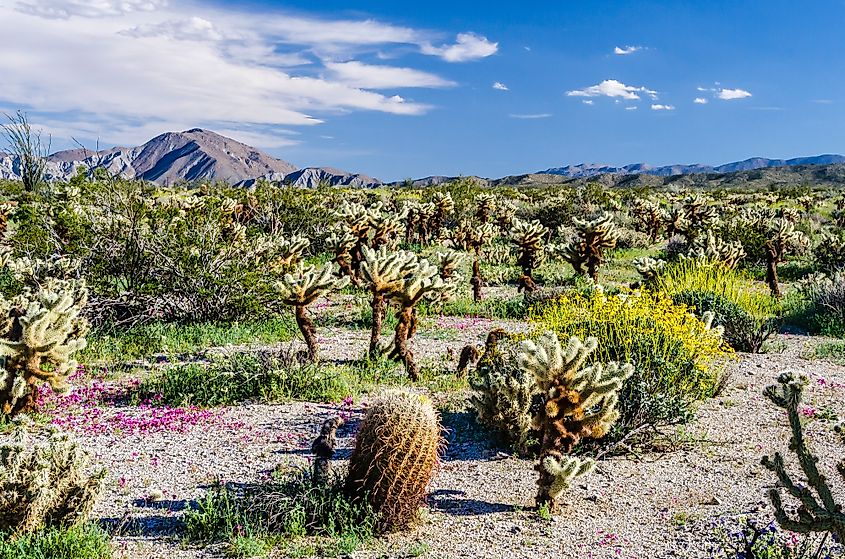
Anza-Borrego Desert State Park is located in one of California’s most snake-infested regions, largely due to its vast desert terrain and the extreme heat that these cold-blooded creatures thrive in. Covering nearly 600,000 acres in eastern San Diego County, the park’s rocky slopes, sandy washes, and sparse vegetation provide prime habitat for over 50 species of snakes, rattlesnakes in particular, including the western diamondback, red diamond, and sidewinder.

Spring and early summer are the most active seasons, when the bulk of these snakes emerge to hunt rodents and lizards along various local trails and canyons. Popular areas such as Palm Canyon and Borrego Badlands also see frequent sightings. With that, hikers are advised to watch for coiled shapes near rocks or under creosote bushes, especially during dusk.
Despite the high concentration of venomous species, this sizable park is a significant site for desert ecology research, showing how some reptiles adapt to arid conditions and fluctuating temperatures in one of the state's harshest landscapes.
Henry W. Coe State Park

Henry W. Coe State Park in Santa Clara County is known for its rugged yet lush wilderness and dense snake populations. As the largest state park in Northern California, its 87,000 acres of oak woodland, grasslands, and chaparral create ideal conditions for a huge variety of flora and fauna of all kinds.
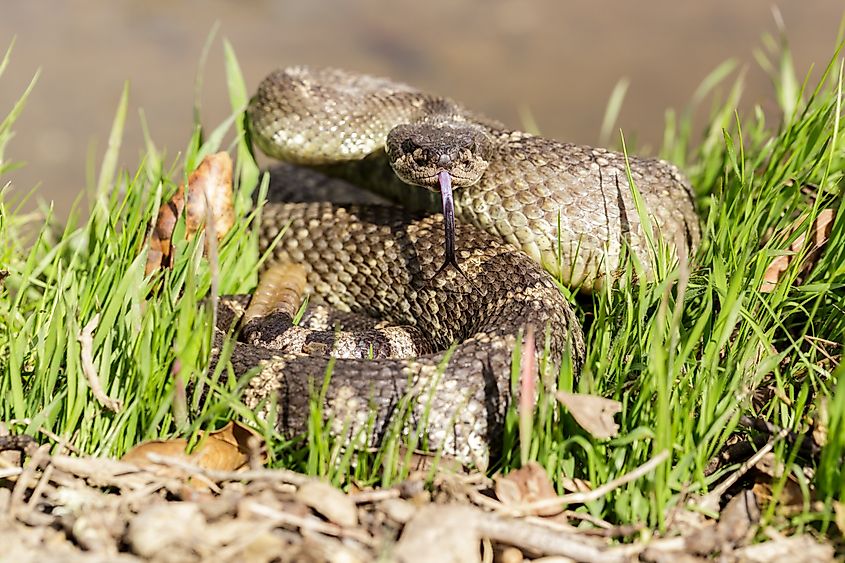
Common garter snakes and the Northern Pacific rattlesnake are most common here, often found along sun-warmed trails, rocky outcrops, and near the park’s seasonal streams. Spring and early summer bring heightened activity here, as snakes tend to use this time to bask and hunt small mammals while temperatures are moderate.
Areas like Coit Lake and the Middle Ridge Trail are among the park’s frequent encounter zones, and because of its remoteness and limited visitor services, hikers are strongly advised to wear high boots and remain alert when stepping over logs or rocks.
Malibu Creek State Park
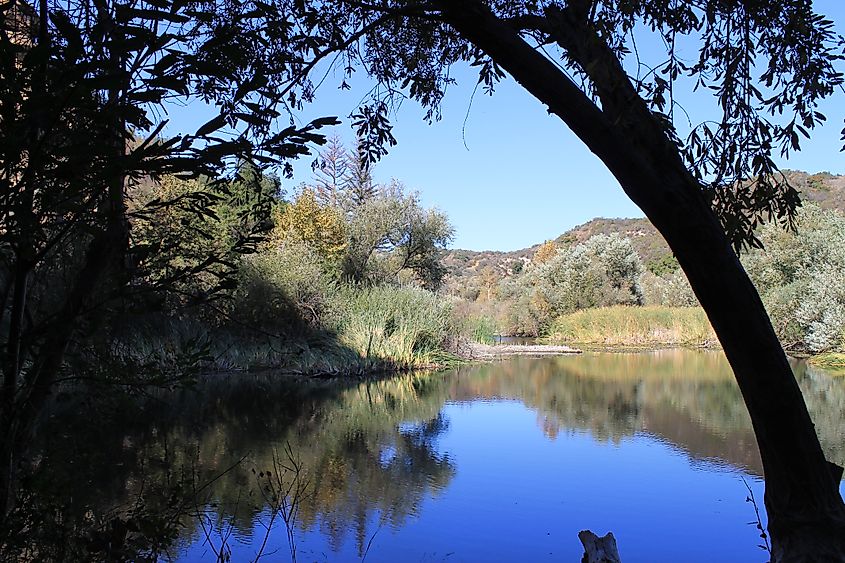
Malibu Creek State Park in the Santa Monica Mountains is easily another one of Southern California’s most snake-active parks, especially during the warmer months of the year. Its mix of chaparral-covered hillsides, grasslands, and riparian corridors supports several species, including the Southern Pacific rattlesnake, gopher snake, and kingsnake. Each is most often encountered along popular trails such as the Rock Pools and Century Lake paths, where warm rocks and shaded crevices attract them during the day. Moreover, note that late spring through early fall bring the highest risk of sightings, as snakes stray even further to regulate body temperature and hunt for small prey during these times.
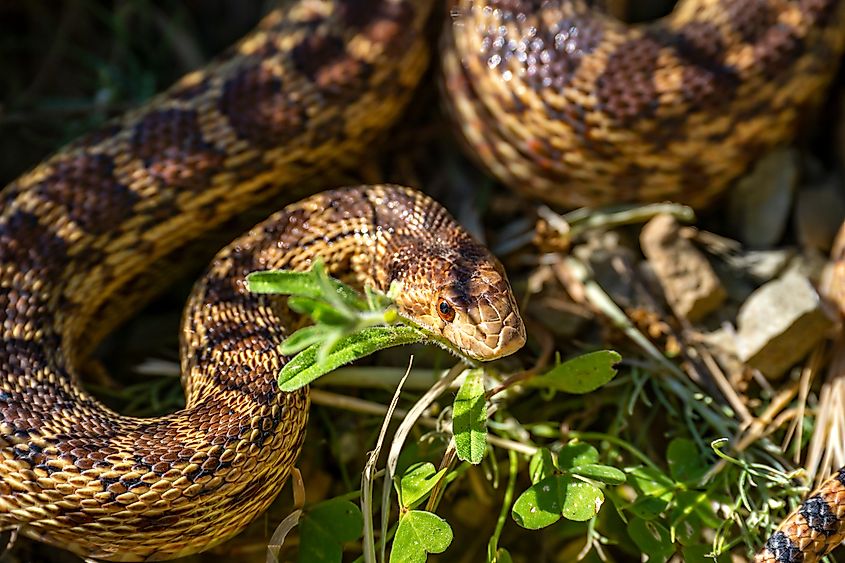
Despite frequent encounters in this wonderful greenspace, most of these snakes also retreat when undisturbed, making awareness the best precaution. The park’s thriving reptile population underscores its importance as a nature preserve just outside one of the country's busiest cities, offering biologists a clear view of how native snake species adapt to fluctuating coastal climates and human recreation pressures in the Los Angeles area.
Mount Diablo State Park
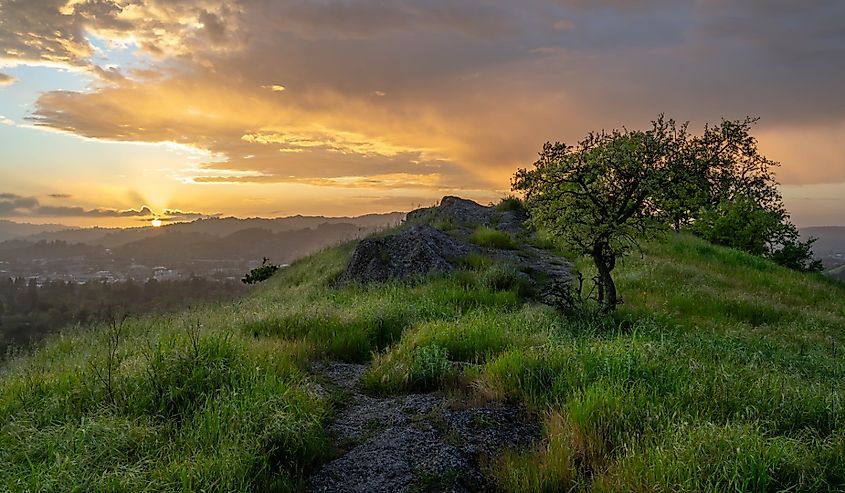
Mount Diablo State Park is home to one of the densest snake populations in the Bay Area. The park’s steep slopes, grassy valleys, and rocky outcrops provide idyllic settings for several species, most notably the Northern Pacific rattlesnake, with sightings being most common from late March through October, when they emerge to hunt along sunlit trails and rest beneath boulders or brush.

On the other hand, nonvenomous species such as gopher snakes and racers are also widespread and often mistaken for rattlesnakes. Renowned areas like Mitchell Canyon and Rock City are where you will find the majority of these snakes, particularly during warm afternoons. Because of the park’s elevation range, visitors may also encounter snakes from foothill habitats up to the summit’s exposed ridges, depending on the season and current weather conditions.
Chino Hills State Park
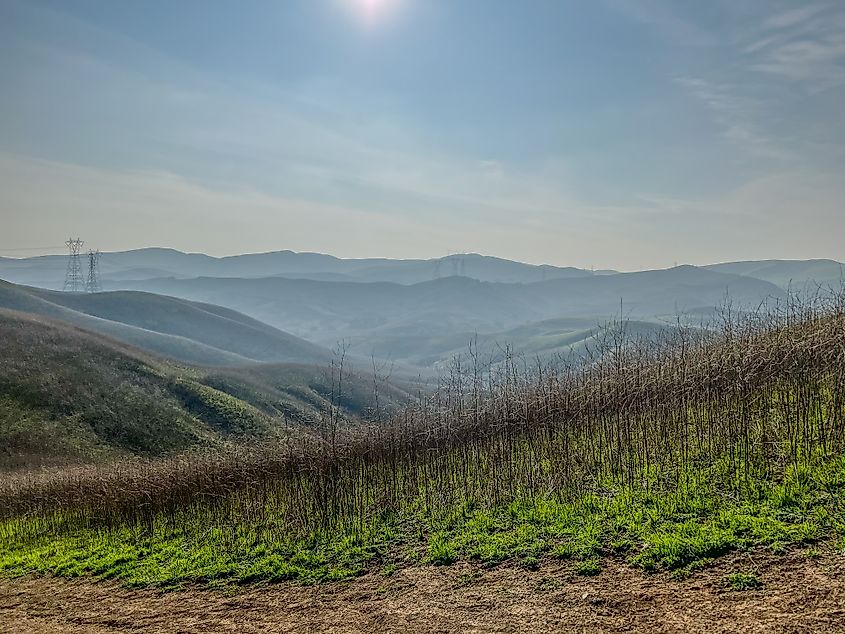
Chino Hills State Park, spanning over 14,000 acres across portions of Orange, Riverside, and San Bernardino counties, contains one of the most active snake habitats in Southern California’s gorgeous foothills in its dry interior. The park’s blend of grasslands, coastal sage scrub, and oak woodlands provides excellent cover and hunting grounds for the Southern Pacific rattlesnake, the park’s dominant venomous species. Nonvenomous snakes such as gopher and coachwhip snakes are also quite common.
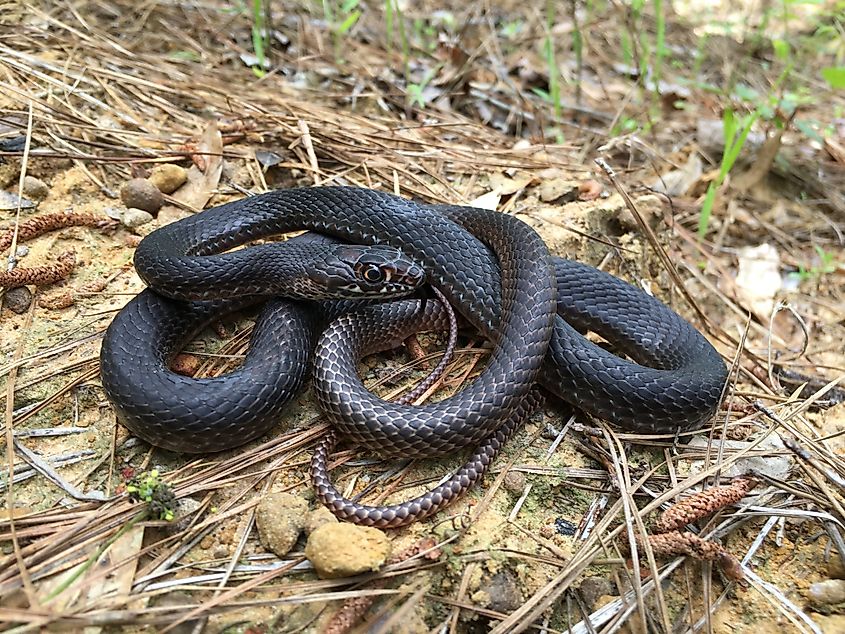
Like a lot of destinations on this list, sightings increase sharply in late spring and summer, especially along the Telegraph Canyon, Bane Ridge trails, and other popular pathways, where warm soil and rodent activity attract snakes to open areas. Knowing that, be sure to stay alert along narrow paths and avoid reaching into tall grass or rock crevices.
Año Nuevo State Park

Año Nuevo State Park, located along the San Mateo County coast, is best known for its elephant seals but is also one of California’s best coastal parks to spot snakes. Its diverse, windswept landscapes include swathes of coastal scrub, dunes, and grasslands that support several snake species, including the Northern Pacific rattlesnake, which thrives in the park’s dry uplands.
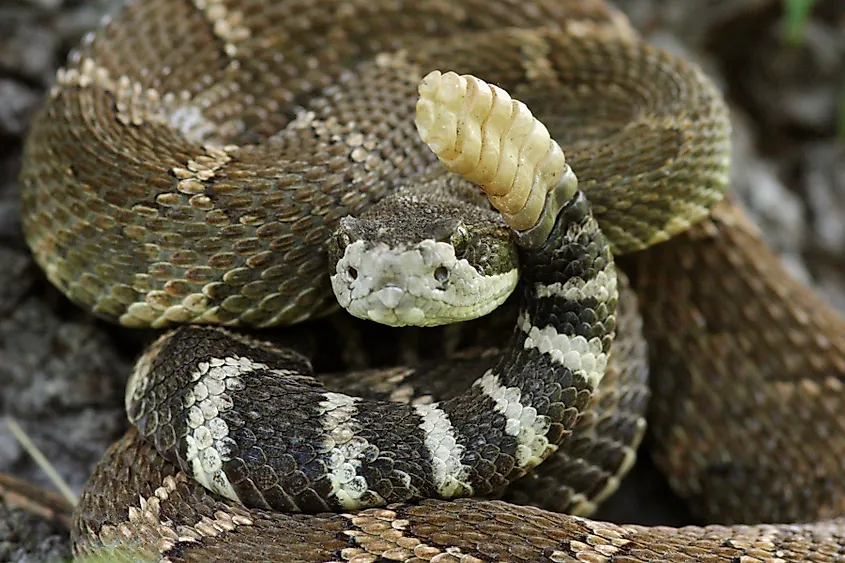
Sightings are frequent in and around summer when these rattlesnakes emerge to feed primarily on small mammals and birds, while other species like garter snakes and gopher snakes are also common, particularly in the grassy inland sections.
Note that because of Año Nuevo's heavy foot traffic, visitors of all kinds are urged to remain cautious on paths and boardwalks with heavy amounts of vegetation encroaching on them.
Silverwood Lake State Recreation Area

Silverwood Lake State Recreation Area, just north of San Bernardino's downtown core, is a known hotspot for snakes in the San Gabriel Mountains foothills just east of Los Angeles. The park’s combination of sun-soaked slopes and lots of lakeside grasslands attracts several species, most notably the western rattlesnake and your average garters. Others, like gopher snakes, kingsnakes, and racers, are also frequently seen near the shoreline and picnic areas.
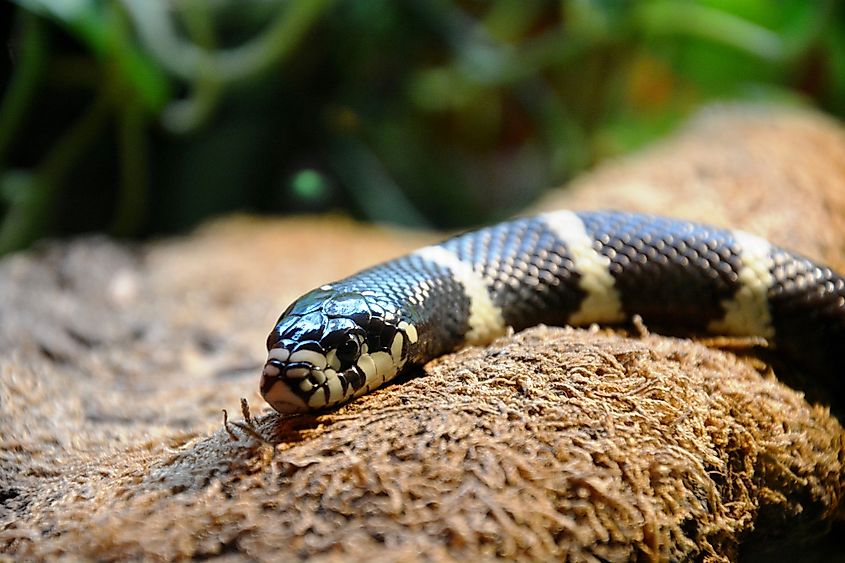
Because Silverwood Lake's heavy visitorship and abundant rodent population, snakes are usually drawn to well-traveled (often littered with food scraps) zones in search of prey and shelter. Keep your eyes peeled along the Cleghorn and Miller Canyon trails, where snakes also rest on rocks or underbrush during spring and summer. With that, you are advised to stay when visiting, especially during dusk when activity peaks.
Torrey Pines State Natural Reserve
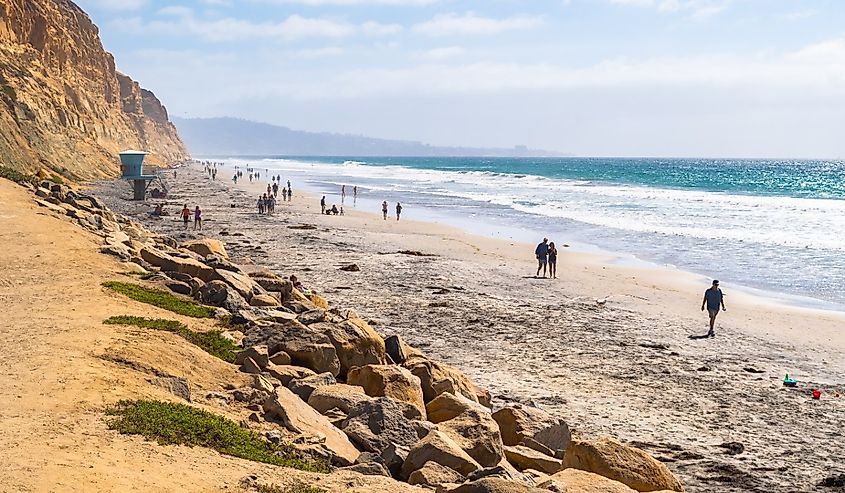
North of San Diego sits Torrey Pines State Natural Reserve, which has a surprisingly active snake population despite its small size and coastal setting. The park’s towering sandstone cliffs and fields of maritime sage scrub actually create favorable conditions for several species, including the Southern Pacific rattlesnake.

These snakes are often encountered along the Razor Point, Guy Fleming, and Broken Hill trails during warm months, particularly in the late afternoon when they seek heat from sunlit paths. Other species, such as gopher and kingsnakes, also inhabit the reserve, contributing much to local rodent control within this fragile coastal ecosystem.
Because much of the terrain is open and rocky, snakes are easily overlooked by walkers who are more focused on the ocean views. Knowing that, park rangers advise you to remain alert and stay on designated trails, regardless of how picturesque the scenery here may be!
Know Where and When to Find California's Snakes
Encounters with snakes are an almost unavoidable part of exploring California’s wild landscapes. Each park above shows off just how reptiles remain vital to maintaining these healthy ecosystems, controlling populations of other critters, and ultimately balancing the food chain.
Awareness and respect are the best precautions, as most snakes also strike humans only when threatened/cornered. By staying observant and informed, you too can safely experience these wonderful outdoor attractions in the Golden State at any point this year!



